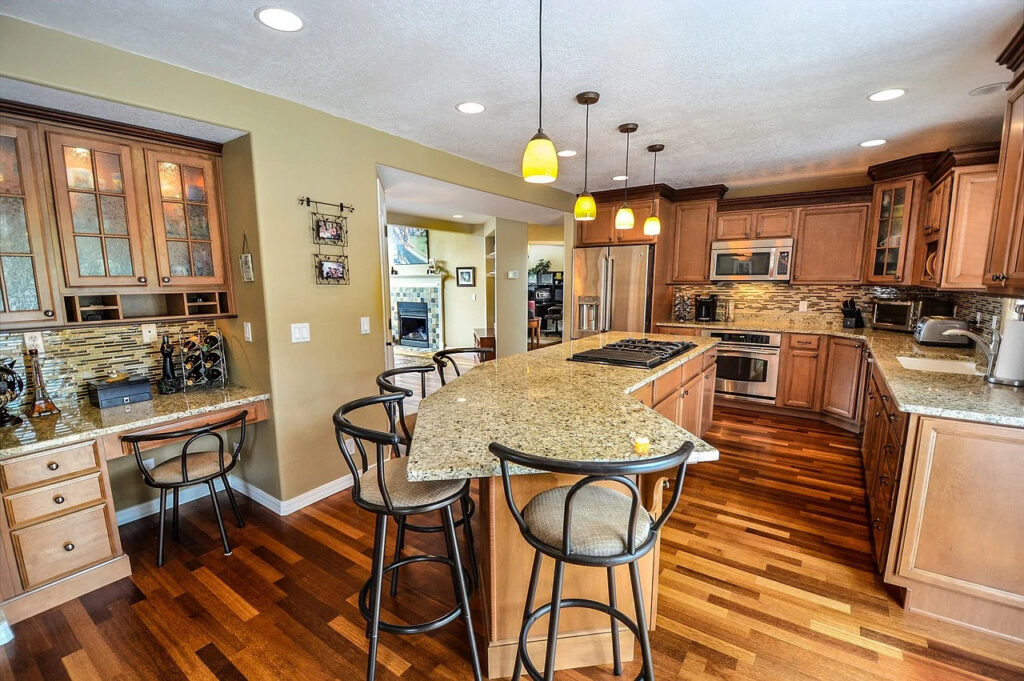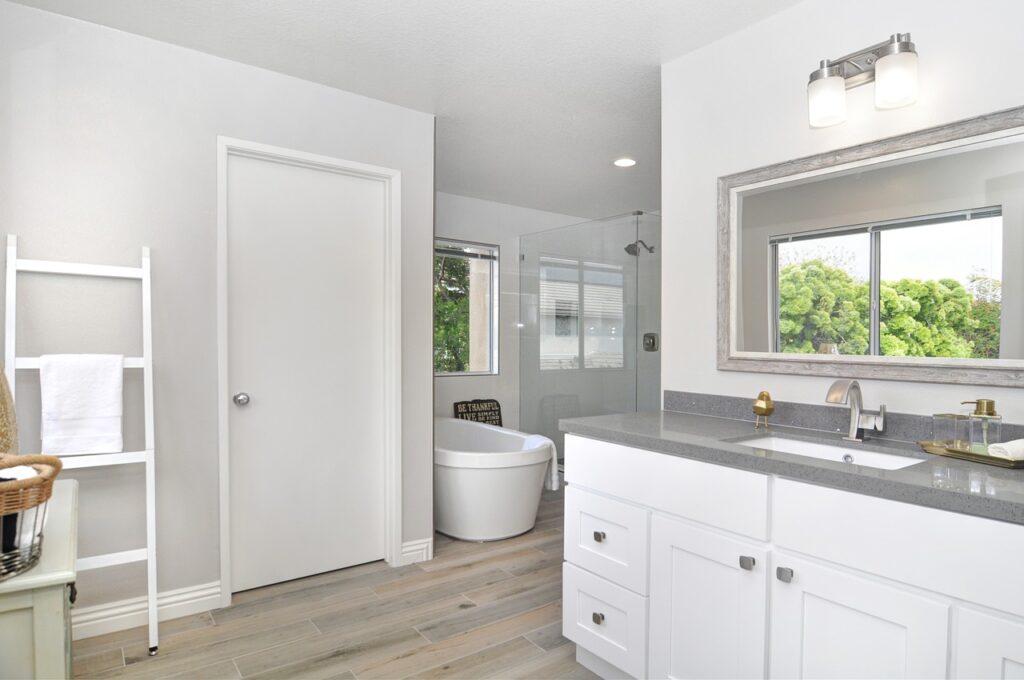MedicalAlertBuyersGuide.org is an independent review site. We may earn compensation from the providers below. Learn More
Remodeling Your Home to Age in Place
What’s one of the best ways to age in place? Why, remodel your space, of course! Gone are the days when you need an extra room for a nursery or an office – now you can remake your space to be whatever you want it to be in your retirement years. You can make it as senior-friendly and accessible as possible as you age in place. This keeps you at home longer and less likely to move into assisted living or a nursing home as you get older. Almost 80% of Americans have said that they prefer to age in place instead of moving into assisted living or a nursing home, and this is totally possible with the right kind of remodel.

Remodeling with an eye toward making your space senior-friendly and as accessible as possible is what you need when planning a remodel for your retirement years. What kind of fall hazards need to be addressed? Where do you need to improve or widen doorways in case you need to bring in a walker or a wheelchair at some point? These and other issues that are important to seniors can easily be solved with a little bit of planning and forethought.
Consider if your eyesight or hearing becomes faulty – what changes can be made to help in that case? What if your place has stairs or thresholds that need to be changed? Another thing to consider is if there is space enough for standard safety features to be added or modified such as grab bars, handrails, extra lighting, or ramps.
If you really need help during the planning stages, the National Associate of Home Builders actually offers certified aging-in-place specialists who are trained in designing and planning for the best barrier-free and accommodating living spaces for the elderly. These specialists can help you incorporate some of the more common design features that are especially important to seniors interested in aging-in-place remodels:
- Doorways: Making sure that doorways are at least 32 to 36 inches wide to allow wheelchair and walker access.
- Entryways: Accessible entryways with no stairs to get into the home’s main living area.
- Hallways: Let’s not forget about the hallways. They should all be at least 36 to 42 inches wide, also to allow wheelchair and walker access throughout the house.
- First-story living: If you have a two-story house, the aging-in-place specialists can make sure that all of the important living areas – eating area, the bathroom, and sleeping area – are located on one level so that stairs aren’t an issue.

Other common areas that will need to be addressed are any floors that may not have nonslip surfaces, and thresholds that are not flush with the floor. Any dimly lit areas, and even the door handles and light switches, will need to be evaluated for ease of use. As you get older, you may lose some of your hand strength or deal with arthritis, so you need to make sure that everything is easy to use, easy to reach, and doesn’t impede your progress as you move around the space.
Falling is the biggest risk we face as we get older, so you also need to make sure that this issue is addressed upfront with your aging-in-place specialist, designer or contractor. Areas of the most concern include doorways that have a threshold, throw rugs that are loose, any area that has insufficient lighting, and the bathroom, especially if it doesn’t have a nonslip floor or surface. A walk-in tub or curbless shower will be a necessity as you age, so be sure to include this major change in your remodeling budget. Other bathroom changes that will be necessary include a raised toilet, grab bars near the toilet and the shower, and possibly even lowering shelves or storage areas to accommodate someone in a wheelchair.
As you age and plan your remodel, also be thinking about what other kinds of services you might need to stay in your home as long as possible. One popular piece of tech is to invest in a life alert system, which is especially important if you live by yourself. Even with remodeling with an emphasis on aging in place, you can still experience health issues or falls.
Getting older doesn’t mean giving up on having a beautiful, functional, safe place to live. Once you have remodeled your space to be optimal for aging in place, you can relax knowing that your environment is now a custom, safe, and peaceful place for you to enjoy.

